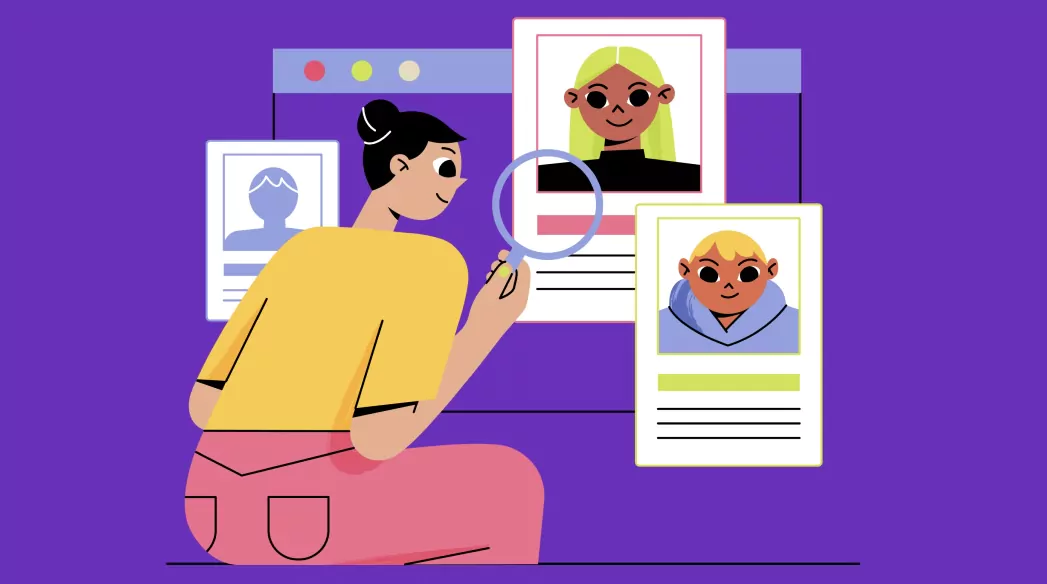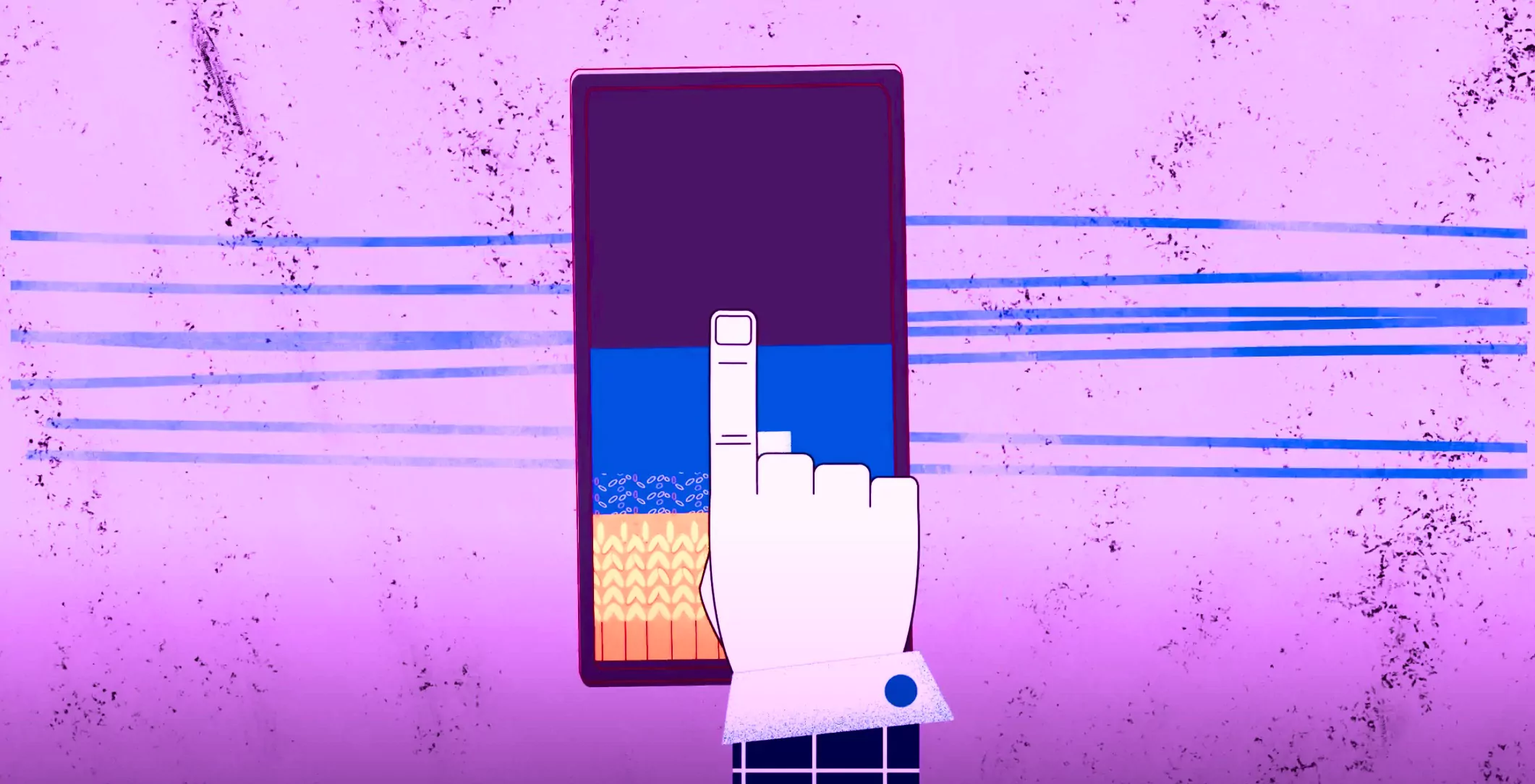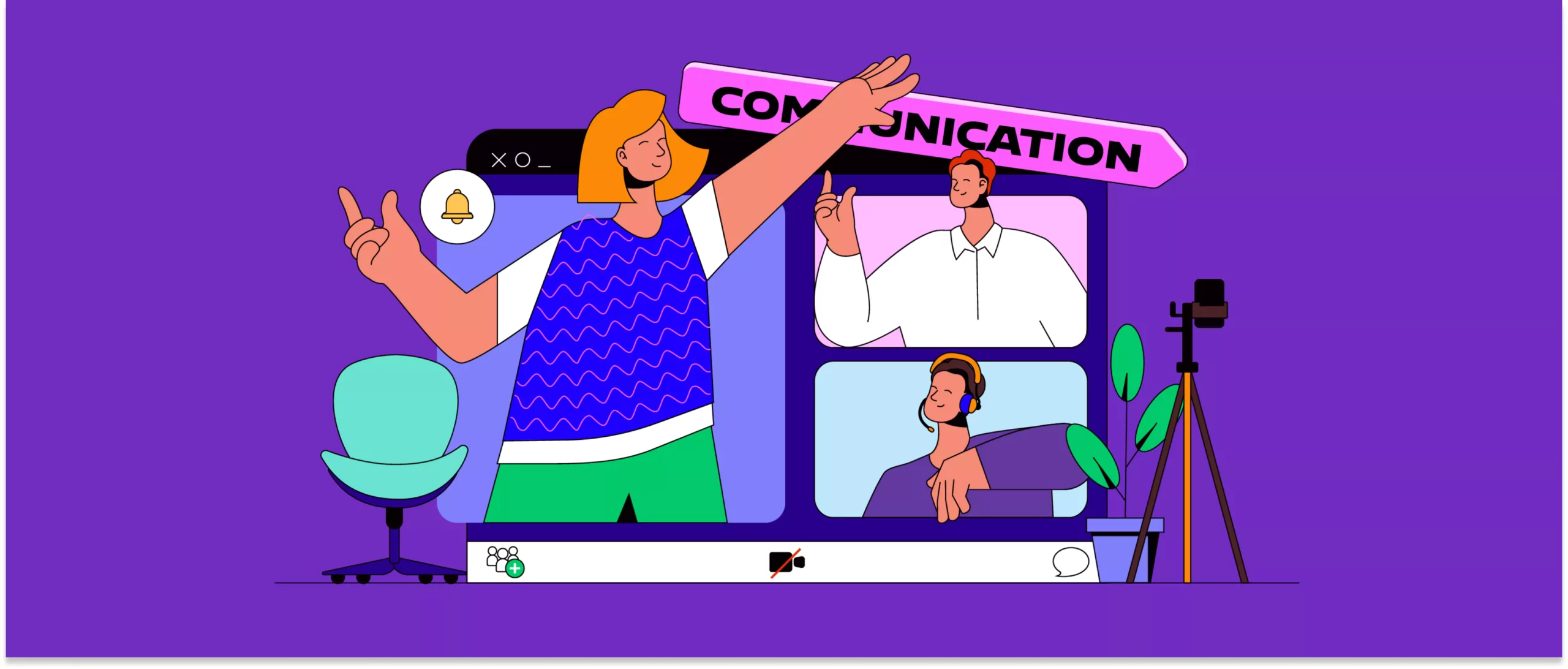Are you looking to streamline your HR processes and wondering how explainer videos can support you? Explainer videos are a powerful tool for making complex information easily accessible, improving employee onboarding, and enhancing training effectiveness. In this article, we’ll show you how using explainer videos can simplify your HR processes, leading to better communication, faster onboarding times, and increased employee engagement.
Benefits of Explainer Videos for HR
- Clear and Memorable Explanations: Explainer videos visualize complex topics, enabling faster and deeper understanding compared to written instructions.
- Flexible Learning Process: Employees can watch videos as often as needed, pause, rewind, and go through challenging topics multiple times.
- Higher Learning Impact: Visual storytelling leads to long-term knowledge retention, increasing employee productivity and engagement.
- Cost Efficiency: Once produced, videos can be reused indefinitely, providing long-term value without additional costs.
- Learning at the Workplace: Employees can integrate learning materials seamlessly into their daily workflow, improving overall efficiency.
- Inspiration and Motivation: Explainer videos can communicate company history, visions, and benefits, inspiring and motivating employees.
Use of Explainer Videos in the Onboarding Process
The onboarding process is a crucial aspect of a company’s employee development, and a well-structured onboarding strategy is essential. It helps integrate new employees into the company and consists of various phases, including preboarding, onboarding, and postboarding. Explainer videos play a key role in all these stages. Before the first workday, they can be used to prepare and familiarize new employees with the company, its culture, and workflows. This allows them to get acquainted with essential information even before they start.
During onboarding, explainer videos significantly contribute to the seamless integration of new employees, helping them quickly find their way within the company. They effectively deliver key information, enhancing both comfort and productivity. Overall, explainer videos are an essential tool throughout the entire onboarding process. They accelerate employee training, improve satisfaction, and contribute to long-term employee retention.
“Welcome to the Company” Video
A “Welcome to the Company” video is one of the first interactions a new employee has with their employer. It strengthens the sense of belonging and connection to the company from the very beginning. This video should communicate the following information:
- The company’s history
- The company’s values
- The company culture
- The company’s goals
The video should also include employee-generated content that provides insights into roles, responsibilities, and team dynamics. A well-crafted welcome video should end on a positive note to give new employees an optimistic start and leave a lasting impression.
“Goals for New Hires” Video
Another key component of the onboarding process is the “Goals for New Hires” video. These videos help new employees acclimate to the organization more quickly and understand the company culture. By outlining the company’s goals, new hires can gain insight into the corporate strategy and align themselves with these objectives.
These videos should also provide an overview of the company’s product or service, allowing new employees to quickly grasp what the business offers. Additionally, setting clear expectations for new hires through video can help them feel more comfortable from the start and integrate more smoothly into their new work environment.
Clarifying company goals and strategy is essential for ensuring new employees understand their role in supporting these objectives and fostering their engagement.
Company Policies and Benefits Videos
Company policies and benefits videos are another essential part of the onboarding process. They inform new employees about workplace benefits and conditions while clarifying any uncertainties. These videos aim to present complex and extensive documents in an engaging format.
It is important that these videos are clear and concise to prevent misunderstandings regarding expectations and processes. Additionally, videos introducing IT policies and procedures can serve as a simple guide for new employees, helping them understand basic tasks such as video conferencing, email signatures, or ordering business cards.
Optimizing HR Processes Through Effective Communication with Videos
Explainer videos can not only enhance the onboarding process but also optimize HR processes as a whole. They improve internal communication by making complex information more understandable and accessible. Additionally, using videos in the recruitment process can save time for both the HR team and applicants by addressing frequently asked questions in advance.
A continuous improvement process can enhance the quality of HR explainer videos, increasing their effectiveness and acceptance. When developing concepts for HR explainer videos, it is essential to consider the target audience.
Reducing Onboarding Time
One major advantage of explainer videos is their ability to shorten onboarding time. They provide a visual and auditory learning experience that helps new employees retain information more effectively than text-based materials. By efficiently summarizing key information, explainer videos can accelerate the onboarding process, allowing new talent to integrate into company workflows more quickly.
Additionally, explainer videos can reduce the need for repeated mentoring during onboarding. They offer an engaging and informative experience that helps new employees understand company culture and their roles faster.
Enhancing Internal Training
Explainer videos can also improve internal training. They enable location-independent learning and help employees continuously develop by quickly acquiring company-specific key skills. Integrating remote employees through video webinars and interactive training experiences leads to increased productivity and an improved employee experience.
Increasing Applicant Numbers with Employer Branding Videos
Videos can also be effectively used for employer branding. They can attract potential applicants and provide a realistic insight into the company and its expectations for employees.
Authentic insights shared through job videos help candidates get a better understanding of the work environment and their future colleagues, making the employer more attractive.
Increasing Onboarding Efficiency with Explainer Videos
The use of explainer videos can also enhance the efficiency of the onboarding process. They allow new employees to start their tasks more quickly and are typically ready for use by their second day. Explainer videos provide new team members with the necessary information and instructions, ensuring that even before their official start, they have a clear understanding of their responsibilities. The early clarity about the tasks to be completed saves valuable resources and, most importantly, time.
What Do I Need for Successful HR Explainer Videos?
For successful HR explainer videos, you need a clear definition of goals and concept development, careful production and post-production, as well as thorough evaluation and follow-up.
Defining Goals and Developing a Concept
Defining goals and developing a concept is a crucial first step in creating HR explainer videos. The target audience should be clearly defined to determine whether the video is aimed at younger or more experienced applicants. It is also important to decide which job roles will be featured in the explainer video.
Establishing attributes such as speed, professionalism, or creativity is essential for the video’s concept development. This ensures that the video effectively delivers the intended message.
Production and Post-Production
The production and post-production of an HR explainer video require a clear concept and project planning. Key content must be defined to effectively capture the viewer’s attention. Preparing the film style, accounting for changing weather conditions, and setting up film sequences are essential parts of production planning.
The choice of camera and equipment depends on the desired film style and significantly impacts the video quality. The cost of an HR explainer video can vary, influenced by factors such as the scope of production, the number of shooting days, and additional services like casting, music, and special animations. After filming, the post-production phase involves editing, adding voiceovers, and incorporating animations if needed to create a professional final product.
Evaluation and Follow-Up
Evaluation and follow-up are crucial steps to ensure the success of HR explainer videos. After publication, specific methods should be used to measure the effectiveness of the HR explainer videos.
Based on the results of the effectiveness assessment, adjustments can be made to improve the videos. Recommendations for the next steps after evaluation include gathering feedback and iterating on the video content.
Get Started with Explainer Videos Now
Are you ready to break away from the monotony of HR communication?
At ExplainPitch, we specialize in simplifying complex HR processes through customized explainer videos. Our mission is to enhance your company with the power of visual communication, giving you a significant advantage in today’s modern workplace.
Our creative team of scriptwriters, designers, and animators works hand in hand to create video content that not only informs but also inspires and excites. Get started now and make ExplainPitch your partner for successful HR communication!
Conclusion
In summary, explainer videos are an effective method for improving HR processes, particularly the onboarding process. They enable efficient and memorable information delivery, leading to faster employee integration and higher productivity. Due to their versatility and ability to simplify complex information in an easily digestible way, they have become an essential tool in modern HR development.
Frequently Asked Questions
What are typical HR processes?
Typical HR processes include workforce planning, recruitment, administration, payroll, employee development, and offboarding. These cover all areas of Human Resources (HR).
Which HR processes should be digitized?
HR processes such as workforce planning, recruiting, onboarding & offboarding, personnel administration, employee development, and payroll should be digitized to benefit from key metrics, analytics, and collected data.
How does an onboarding process work?
An onboarding process consists of three phases: preparation, orientation, and integration. The duration depends on the complexity of the role and begins with contract signing, but it does not necessarily end after the probation period.




